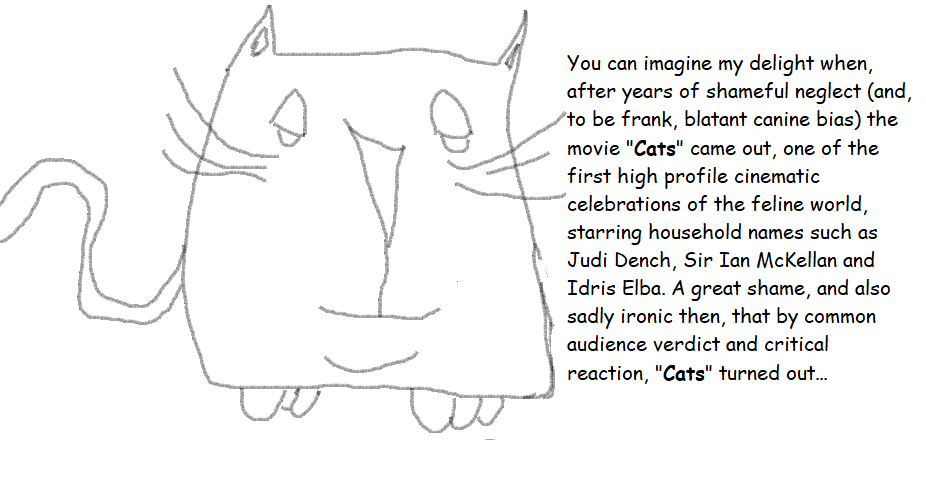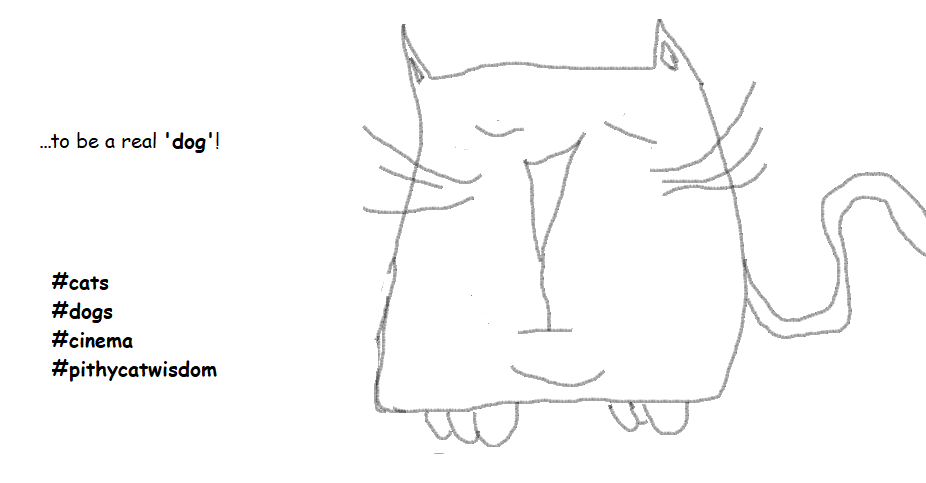On the surface, Elvis (2022), a new biopic of Elvis Presley, rock music’s original and most theatrical global superstar, and Baz Luhrmann, one of filmdom’s most exuberant and ostentatious filmmakers, would seem to be an ideal union of director and subject. Luhrmann, as director, also wrote the screenplay in league with Craig Pearce, Sam Bromell and Jeremy Doner. And there is much to admire in Luhrmann’s sprawling epic, particularly in the elaborate set-piece stage performance sequences at both ends of Presley’s career, which are convincingly and thrillingly recreated courtesy of a stellar, breakout performance by Austin Butler as Presley. Indeed, it is in these sequences that Luhrmann’s film really takes flight and transcends the standard biopic fare. Butler conveys all of the young Presley’s visceral and, let it be said, uninhibited sexual on-stage energy that so transfixed, entranced and horrified several generations of Americans. Butler is equally compelling in his portrayal of the late career “Las Vegas” Elvis characterised by a series of sweat-soaked, bloated yet undeniably charismatic performances. Presley’s enduring relationship with his audience is in many respects the most crucial centrepiece of the film.
Less compelling are the off-stage sequences which are meant to convey the drama of Presley’s complex relations with his family, his long-suffering wife Priscilla (Olivia DeJonge) and most significantly, his manager and self-styled “snowman”, Colonel Tom Parker. These sequences seem to lack a sense of purpose and energy, and the screenplay in these areas seems cursory at best and painfully flabby at worst; this is not a unique observation on Luhrmann’s career. As director he seems profoundly ill at ease with the human dimension of his characters, preferring to hurry through the more intimate scenes and take refuge in his vast familiar bag of pyrotechnic tricks. One doubts that there has ever been a more distinctive filmmaker in the history of cinema, in both a positive and negative sense.
Many of Luhrmann’s trademark flourishes are present here, and one has ample reason to suspect they are used primarily to take shortcuts through the more problematic and contradictory aspects of the Presley biography. There is an abundance of “smash” cuts, quirky dissolves (Parker’s intravenous drip bag becomes the Las Vegas skyline, to cite just one memorable example.) Luhrmann does a reasonable job of dealing with most controversial aspect of the Presley legacy, that being the charge thar he merely “appropriated” black rhythm and blues music without ever giving its black progenitors and performers their due credit. Luhrmann is at pains to portray the young Elvis willingly soaking up the sundry and diverse musical influences that surrounded him in his youth in the American south. There are the energised foot-stomping gospel beats to be heard in travelling religious roadshows, side-by-side with the much looser, sultry rhythm and blues that leaked out into the street, specifically the iconic Beale Street in Memphis, Tennessee, a city that would eventually become synonymous with Elvis and his legacy. The reality that the debt Elvis owed to black music and culture has gone largely unacknowledged is, the film seems to allege, the fault not to Presley himself but his omnipresent and overbearing manager, Colonel Tom Parker.
There is a significant omission here, unfortunately, being the admiration for, and the profound influence of, country and western music on Elvis’ career. Country music is really given short shrift by Luhrmann, personified by Hank Snow (David Wenham) who initially topped Parker’s bill ahead of Elvis. Snow’s subsequent sole purpose seems to be to serve as the voice of old-school conservatism and to be a mere speed bump on the path of Presley’s relentless ascent to the top of the bill.
However, the film’s main problem is the character of Colonel Parker, and the casting of Tom Hanks in the role, buried as he is under several prosthetic layers. This casting choice must have been a dilemma for Luhrmann as well; on the one hand, Hanks is the marquee name who doubtless made the whole production possible, and Hanks is to be commended for his preparedness to shed his familiar nice-guy persona to portray Parker, who emerges as the clear and obvious villain of the piece.
But Hanks’ fame and instantaneous recognition factor, even under layers of prosthetic makeup, present a significant problem and leave the whole film with a distinctly incohesive and unbalanced feel. Luhrmann’s fast-paced scatter-gun and pastiche style of filmmaking doesn’t leave much room for Parker to come across as much more than a cartoon villain, despite Hanks’ best efforts. It must be said that the Hanks problem bedevils much of modern cinema; like Meryl Streep or Russell Crowe and many others, Hanks is just too famous as himself to convincingly portray any real-life character, and his dominating presence leaves the film feeling very lopsided and ultimately unsatisfying.
Perhaps this failure is to some degree unavoidable; Parker is an enigmatic character, even in real life. His origins to say the least are shrouded in mystery, despite claiming to have been born in Virginia it was revealed in later years that he was actually born in the Netherlands and emigrated illegally to the United States, and there is no evidence that he ever served in the military in any capacity. The decision to have him serve as the film’s erstwhile narrator gives the biopic a unique and innovative framing device, but does mean that the entire film pivots around his characterisation, which never really comes off. As narrator, Parker’s self-proclaimed mission is to absolve himself of the blame for Elvis’ premature death, but the film strongly subverts this objective.
Luhrmann’s film clearly endorses the tabloid version of the Elvis/Parker story: Parker was the opportunist carnival barker who saw Elvis as a ‘cash cow’ and wrangled him onto stage to and past the point of exhaustion, in the process turning a blind eye to his hedonistic self-indulgence and excessive drug dependence. As such, Parker was at least complicit in Elvis’ physical decline and death. Compounding this view is a key scene in the film that has Parker hovering over a prone, clearly dangerously ill Elvis in a corridor and loudly proclaiming that “nothing is more important than that boy takes the stage tonight”.
There is even an overt suggestion in the film that Parker’s famous reluctance to let Elvis tour internationally was related to the fact that Parker, as a non-citizen, had no passport and the attempt to acquire one would obviously cause the elaborate façade that he had created around his identity to crumble into dust. The lasting impression is of the “Colonel” as the obligatory, black-hatted scoundrel in the story. Hanks toils heroically but the screenplay allows him little scope to add more dimensions to this portrait.
It’s not the first time that Luhrmann has sought to bend his subject matter into a shape that seems to suit a comfortable and preferred view. One need only consider his love of musical incongruity; his proclivity for injecting contemporary popular music into the ‘la belle epoque’ Moulin Rouge, of having Lana del Rey provide the soundtrack for Jay Gatsby’s lavish parties in The Great Gatsby. In Elvis, Luhrmann makes only fleeting reference to Presley’s film career, and whilst Elvis himself was eventually dismissive of it, it was nonetheless a crucial element of Parker’s strategy to make Elvis the biggest star in the world, and it was via these films, dire though most of them were, that people of my generation encountered Elvis, especially given the fact that he never toured internationally. Also, in Luhrmann’s hands, Elvis becomes something of a liberal hero, ignoring Parker’s objections and injecting a political slant into his famous 1968 comeback TV special which happened to coincide with the assassination of Robert F Kennedy. Perhaps Elvis really was on the side of the angels in the civil rights struggle of the 1960s, but this portrayal conveniently ignores the gun-toting martial arts student’s enthusiastic endorsement for President Richard Nixon. This fact alone would seem to undermine the view of Elvis sympathising with the rising liberal zeitgeist of the sixties and straining under the leash of the arch conservative Parker.
In the end, as with so many of Luhrmann’s cinematic offerings, one is left with a profound ambivalence. You have to admire the skill and conviction apparent in the often compelling recreation of Elvis’ stage performances, but the lack of nuance and dimension in the other aspects of the screenplay means that the characters of both the ‘real’ Elvis and Parker remain frustratingly out of reach.


